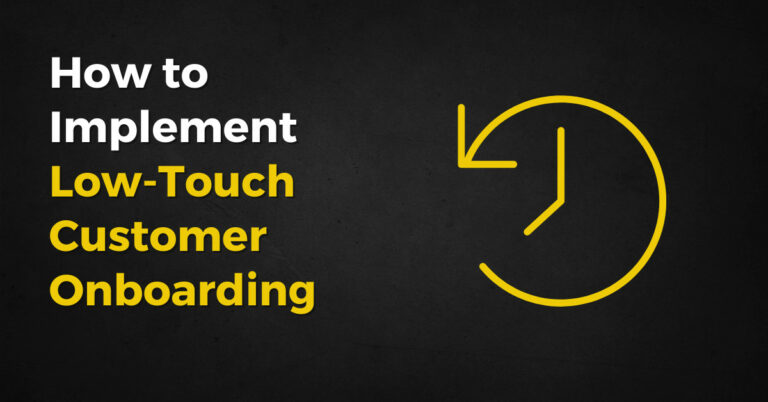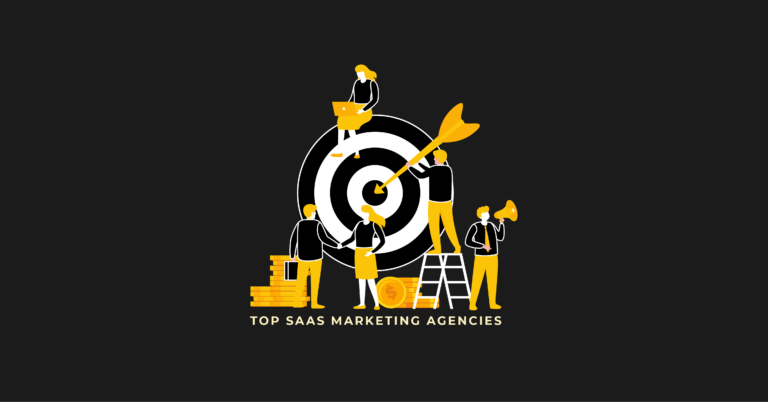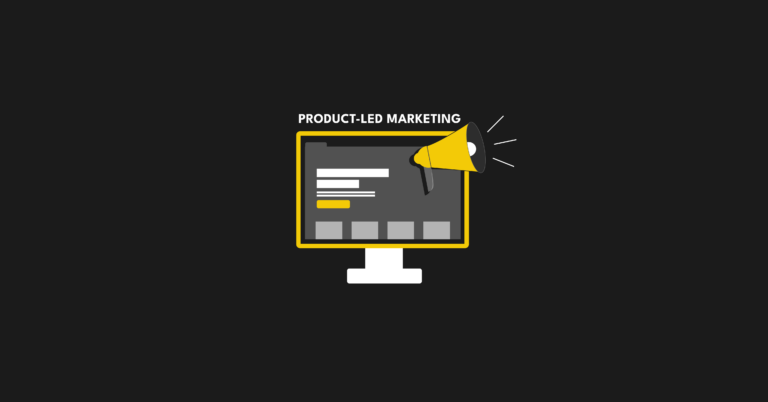The effectiveness of a team is only as high as the standards set by its leaders.
In this article, we’ll explore the five standards to set with your product-led organization (PLO), how these standards impact your company and the strategic order in implementing them. When people purchase from your company, they aren’t just buying a product; they’re buying into your standards.
Setting the right standards for your product-led organization
Standards provide a benchmark for assessing and, if necessary, shifting or replacing team members who don’t align with the DNA you envision for your business.
As responsibilities shift and your team matures, your standards should stay consistent. You should audit your team members against these standards to ensure you create the right environment for everyone to flourish.
Here are five core areas where product-led founders should establish standards:
- Core Values: What values do you want to instill in your team?
- Motivation: How motivated are your employees in their specific roles?
- Skill Gaps: Does your team have the right skills to succeed in their roles?
- Capacity: Do employees have the capacity to excel in their specific responsibilities?
- Results: What standards do you set for hitting expected results?
Before we go through each of these, I want to point out that there is an intentional order to roll these out at your company. While most founders start with results, we finish with results. The reason will be apparent by the end of this article. 🙂
Let’s dive in.
1. Core Values
Core values are embedded in the culture of your organization.
Your culture amplifies what you want to happen in your business.
Companies should expect employees to uphold specific table-stake standards like integrity, accountability, and teamwork.
However, other core values are more industry-specific and vary from company to company.
For most product-led companies, you’ll likely want these core values:
- Simplicity: As a product-led company, simplicity helps fine-tune your strategy to get users to value quicker so they upgrade.
- Transparency: Your team needs to be crystal clear on what you’re giving away for free and have an effective pricing page where users know in a snap what they’re getting when they upgrade.
- Empathy: You want your entire company to understand the core challenges of users.
When your PLO embraces core values like these, your team will be better at building a product by default because everyone understands what's required for this business model to work.
You should approach the core values you set with intention. Without them, it’s going to be harder to hire and you won’t create the right environment for your team to flourish.
How to measure core value alignment
A group setting and an evaluation scale can help determine whether a person aligns with your company’s core values.
Let’s look at the core value of simplicity.
When hiring, your leadership team can meet to discuss where a person falls on a scale like the one below.
Mistakes to avoid when picking core values
Founders make two common mistakes when defining their core values.
First, they set too many core values that weaken their overall impact.
Keep your core values to three or four that resonate with your organization's beliefs.
Second, they incorporate obvious, non-negotiable values like integrity or teamwork instead of selecting great ones that aren’t table stakes.
How you know you have the best core values in place
The core values are more than internal guidelines. They should embody what your company stands for.
When people think about why they prefer your company, their reasons should circle back to your core values and how your company makes them feel.
2. Motivation
The key to motivating your team lies in understanding their long-term goals — whether it's five, ten, or even 25 years into the future. How do they see their career, finances, and personal life?
The motivation of team members shifts when they see how their current work ties into their future ambitions.
When that happens, they’re no longer working for you; they’re working for themselves.
Now, it’s important to note that not every employee will have clearly defined goals. As a founder, you can foster a culture where employees feel confident having open conversations that allow you to offer career advice and help them clarify their vision.
Our graphics designer at ProductLed is a perfect example of this. She started helping our team with administrative tasks but mentioned she’d like to learn more about graphic design. Over the past two years, her skills have blown us away. Every week, she gets better and better at her craft. We aim for you to have a team full of employees with high motivation for what they’re doing.
Ultimately, you want to shift your employee’s motivation from simply earning a paycheck to viewing their work as an investment in their future goals.
3. Skill Gaps
Your company's third focus area is identifying whether team members have the right skills to succeed in their roles.
You may see the intentional order of these standards by now, with each building on the next.
Initially, you want to ensure that every team member upholds your product-led core values. Those who don't align with these standards aren’t a good fit for your organization.
Next, you want to set a standard where employees are motivated by long-term goals, understanding how their role and hard work at your company make this possible.
But now it’s time to address skill gaps.
In startups, it’s common for founders and their teams to wear multiple hats. Everyone learns and develops skills on the job.
However, as your company grows, each person must have the right skills to do an incredible job. A skill assessment is valuable in understanding how everyone stacks up.
Here’s a simple skill ranking scale you can use:
Applying this evaluation across all roles in your company gives a holistic view of where skill gaps exist and what actions to take.
For example, if an employee is motivated but needs help in a particular area, you could offer them a training course to fill that skill gap.
Within startups where employees are juggling multiple responsibilities, you’ll likely need to evaluate which roles match their strengths. If a person shows low motivation and skill in some areas, a short-term plan might involve targeted training to enhance their capabilities and transition them to roles that better suit their sweet spots.
We’re all gifted with different passions, interests, and curiosities — what I like to call your unique ability. If a task doesn’t tap into that unique ability, even the most comprehensive training isn’t going to develop that world-class kind of skill in that area.
4. Capacity
Expecting your team to perform at a world-class standard is unrealistic if they lack the necessary capacity to do it.
As you examine this area of standards, your focus should be on determining whether your team has the right amount of time to do a great job.
If you follow the ProductLed System, you know accountability charts are part of the Team component. Accountability charts map out all the jobs and metrics for each role and, among many insights, provide you with a clear picture of a person with a realistic amount of time to hit their results.
If an employee has the right skills and motivation but lacks the capacity due to other tasks, you can (and should) trim or transfer their responsibilities.
5. Results
Most founders judge an employee's performance immediately based on results. This makes it easy to conclude that a person isn’t the right fit for the job because they’re not hitting their mark.
Instead, I urge you to take a more holistic approach.
Why?
Because an employee can align with your core values, show motivation, capacity, and skill, and still fall short of expectations.
Working through this five step checklist one-by-one helps you pinpoint how to evaluate your team's performance to meet company standards.
In my previous article, I discuss the importance of tracking a core quantity and quality metric for every role in your company. Tracking these KPIs each week helps you understand whether someone is consistently, occasionally, or rarely hitting their marks.
The results of these weekly KPIs can help you create a customized coaching plan for anyone who needs help getting back on track to maintain your high standards.
Define these five standards for your product-led business
The effectiveness of a team hinges significantly on the standards set by its leaders.
Establishing and maintaining core values, motivation, skill gaps, capacity, and result standards is paramount for success within a PLO.
Identifying and setting standards is part of the Team component of the ProductLed System, a three-phase framework designed to scale your self-serve revenue to 7-figures with a lean team.
I’ve coached over 324 companies to implement this system, and it's always the ones that show up consistently and complete every assignment that sees the best results.
We've opened up enrollment for the next cohort of ProductLed Academy.
It's a 12-month program... so it's quite a commitment and only for serious founders looking to make a big dent in their self-serve revenue.
Please apply only if you're serious about becoming the obvious choice in your industry.









